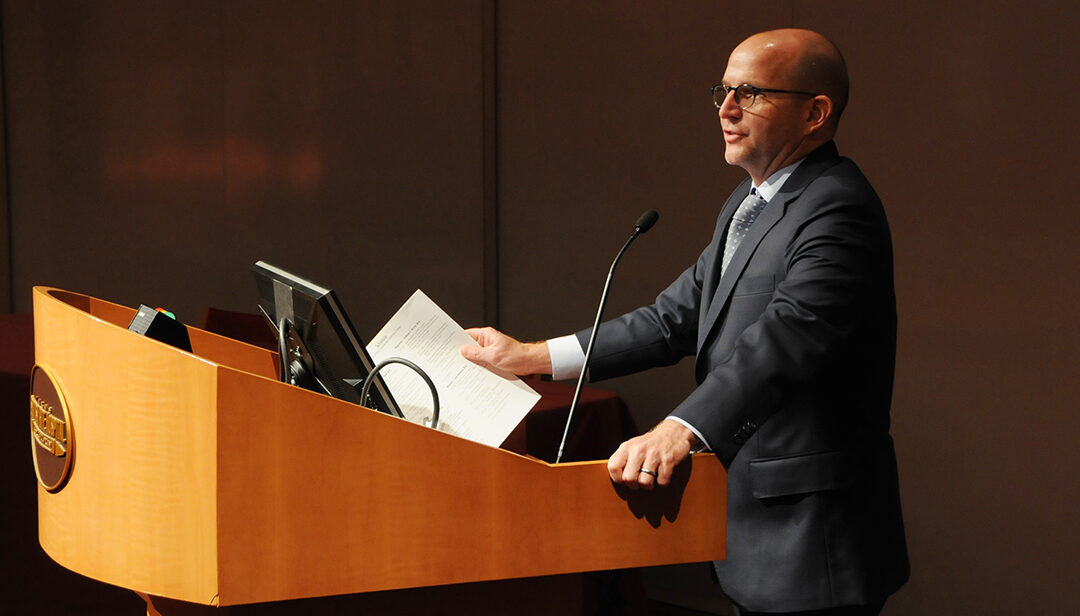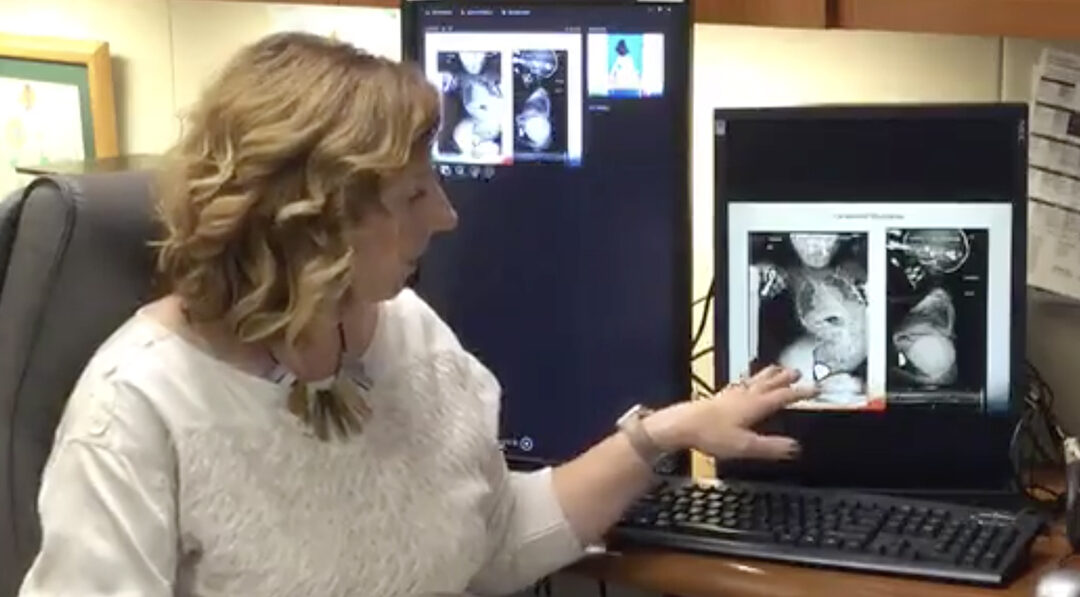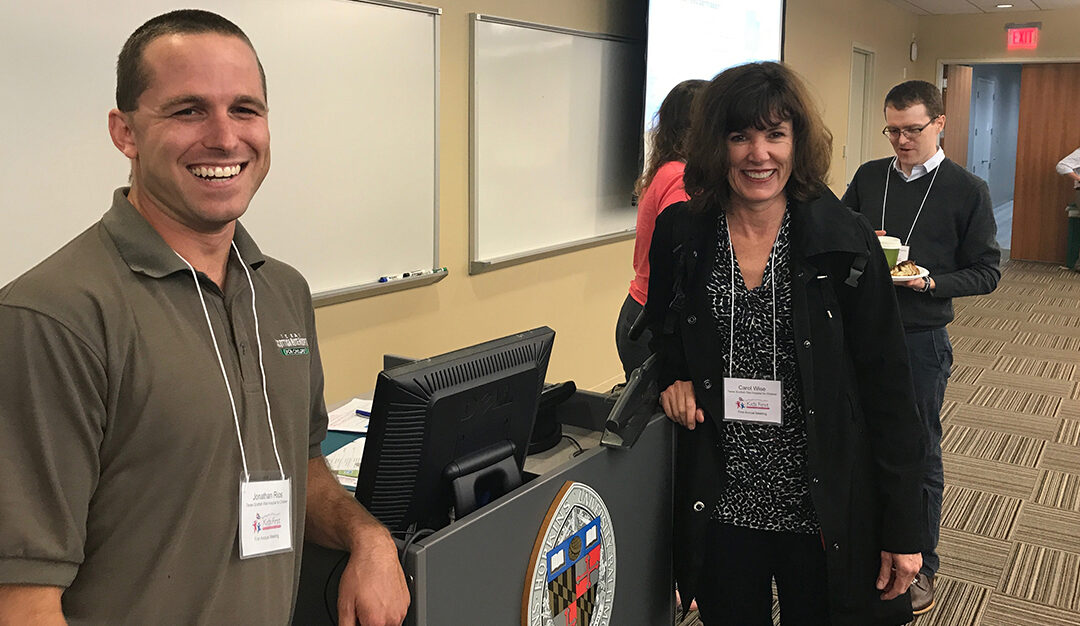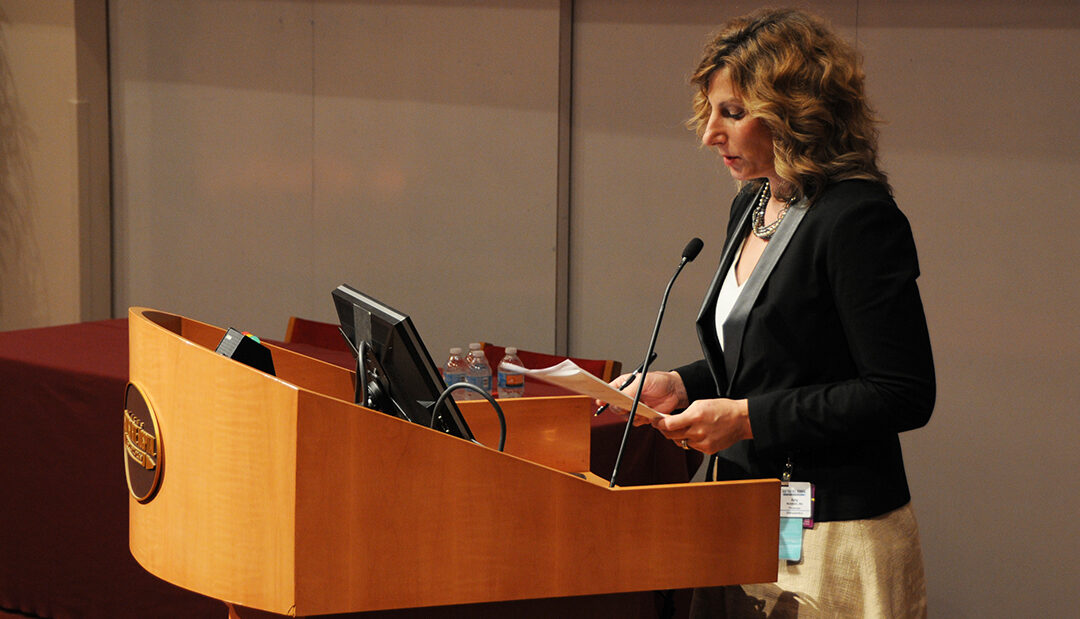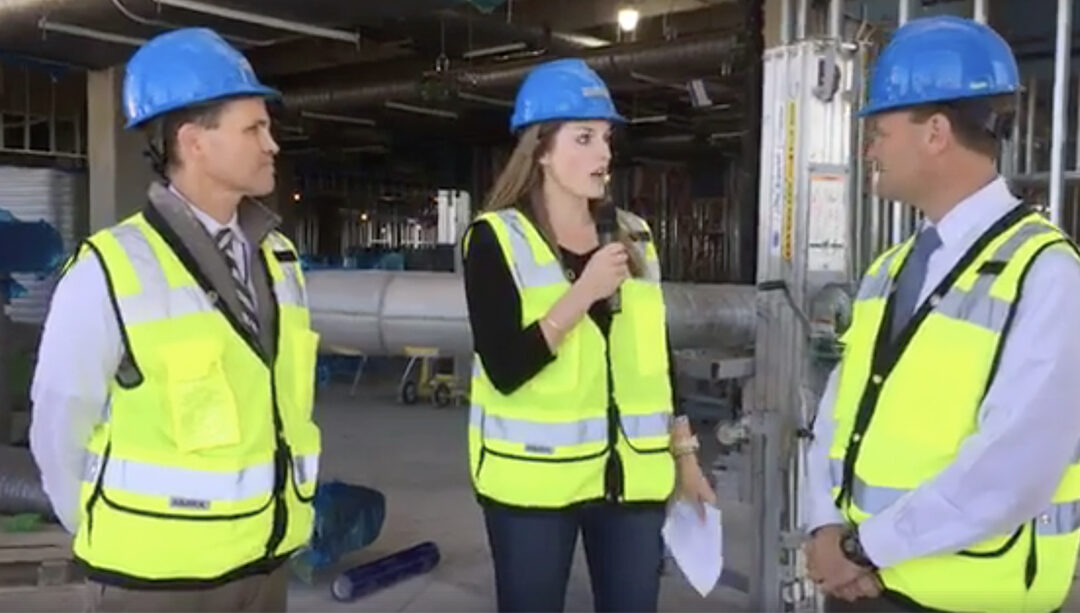
#SRHaccess Facebook LIVE Recap: The Future Frisco Campus
Watch this segment on Facebook.
Construction update:
- The construction is running right on schedule.
- Opening in the Fall of 2018
Who are our Frisco neighbors?
- The Frisco campus is located on the northeast corner of Lebanon Road and Dallas North Tollway.
- To the north, our direct neighbor is Frisco High School.
- To the south is the new Wade Park development and the Frisco Star.
What is the difference between the Plano and the future Frisco campus?
- Increased space to utilize more resources for expand services.
- Operating rooms for day surgeries
- Motion science lab
- Physical therapy gym space
- Overall clinical care advancements and updates to current services.
Facts about the structure:
- 5 stories tall
- 1st floor:
- Conference rooms for community and physician education and outreach
- State-of-the-art motion science lab for clinical and research purposes
- Physical therapy gym to rehab sports injuries and general orthopedic conditions
- 2nd floor:
- Outpatient clinics (sports medicine, fracture clinic, general orthopedics, orthotics and prosthetics)
- 3rd floor: shelled for future growth
- 4th floor: day surgery
- 5th floor: offices for staff
What are the general orthopedic services that will be provided?
- An expansion of what the team currently cares for at the Plano campus.
- Hip disorders, scoliosis screening, foot and ankle, shoulder care, etc.
What is the benefit of being in Frisco?
- 25% of the hospital’s patient population lives in a surrounding areas of Frisco.
- The opportunity to enhance customer service by providing another point of access for our patients and their families to be cared for by our world-renowned specialists.
- Frisco is a strong sports community. The Center for Excellence in Sports Medicine will be the anchor to the future campus, which will allow us to care for more athletes.
What will the state-of-the-art motion science lab offer at the new campus?
- The lab will provide a better understanding of clinical problems of lower and upper extremity conditions whether a sports injury or general orthopedic condition.
- The ability to analyze the function of each joint and muscle of a patient’s walking gait or throwing mechanics.
- The opportunity to expand on various research projects.
Will the Scottish Rite Hospital traditions be present at the future campus?
- Popcorn – yes, on the first floor in the atrium.
- Volunteers – yes, in red coats just like at the main campus.

